Professor Vo Tong Xuan said that the provinces in the upper reaches of the Mekong River with the advantage of year-round fresh water can grow four rice crops, but some experts say that increasing the number of crops carries risks.
The opinion was given by Professor Vo Tong Xuan (84 years old) in the context of high rice prices. Fresh rice (OM18 variety) is being purchased at 9,200 VND per kg. The average yield is 9 tons per hectare, farmers earn more than 40 million VND per hectare, nearly double compared to before. Professor Xuan is a leading agricultural scientist in Vietnam, the "father" of many high-quality rice varieties. Farmers in the West currently produce 2-3 crops a year.
According to Professor Xuan, the provinces of Dong Thap, An Giang, part of Kien Giang and Long An, with irrigation systems that easily bring fresh water to the fields, can all produce four rice crops. The above-mentioned area has about one million hectares of rice, most of which have grown three crops for many years. "With the current level of intensive farming, farmers can grow four crops, helping people increase their income in years when rice prices peak like now," he shared.
He said that currently each rice crop in the West usually lasts 75 days (short-term varieties) or 90 days, not including the 10-15 day break between crops to prepare the land. During the flood season (September-November), farmers often let water into the fields to clean, deposit alluvium, kill pests, and let the land rest. If growing 4 rice crops, farmers must grow short-term varieties and not release floodwaters.

Professor Vo Tong Xuan. Photo: Van Luu
Professor Xuan further explained that farmers can transplant rice by machine, and sow seedlings when harvesting rice (in another location). When the rice is 12-14 days old, the fields will be prepared and the seedlings will be transplanted. This way, they save nearly half a month compared to traditional sowing, or 1.5 months when doing 4 crops. Therefore, the field owners do 4 rice crops with long-term varieties, without flood discharge, or short-term varieties, with flood discharge for more than a month.
Technically, experts confirm that it is completely possible to do this, but special attention must be paid to the soil treatment stage. Because farmers have the habit of burying straw in the ground after harvesting, from which organic acids are produced. If this substance is not completely removed, it will cause organic poisoning (rice root rot) - which often occurs when growing rice in multiple crops.
"When preparing the soil, farmers need to soak it in water for several days and then drain the water to remove organic acids," said Professor Xuan. In addition, the soil needs to be provided with enough nutrients, especially organic fertilizers and microorganisms. In particular, microorganisms help rice increase resistance, reduce pests and diseases, and use less pesticides.
With this proposal, Mr. Xuan recommends that localities apply it flexibly and appropriately depending on each region, soil health, and farmer level. Increasing crops should only be carried out in years of extreme weather, when world food production is at risk of shortage, pushing up domestic rice prices.
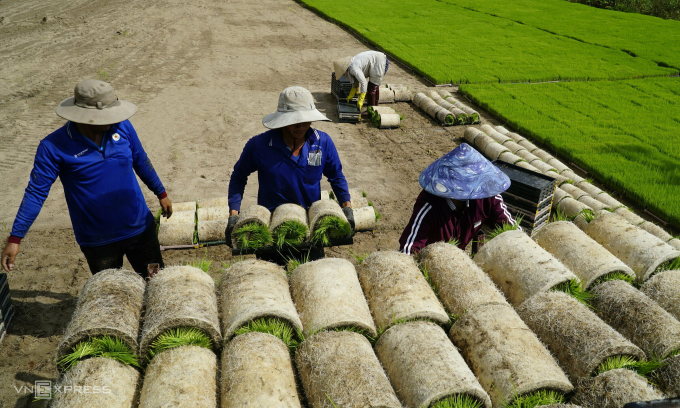
Rice seedlings are prepared to be transported to the fields of Thap Muoi district, Dong Thap province for transplanting by machine. Photo: Ngoc Tai
However, some experts say that caution is needed when encouraging four-crop rice cultivation because it carries many risks . Mr. Le Quoc Dien, Deputy Director of the Department of Agriculture and Rural Development of Dong Thap, said that many years ago, farmers in some areas of the province grew four-crop rice, but the results were not as good as with three crops.
"Increasing the number of crops will exhaust the soil. Soil is a valuable resource that can be used for many generations and needs to be preserved for future generations in the context of a sharp decrease in alluvium from the upper Mekong River," Mr. Dien shared. Since 1994, the amount of alluvium flowing into the lower Mekong River has decreased by more than 300% annually - from 160 million tons (1992) to 47.4 million tons (2020), according to the Mekong River Commission.
Currently, Dong Thap is building a soil map for each region in the province to determine the fertility and nutrition of the soil, which will serve as a basis for advising farmers on proper fertilization and soil care.
"In principle, when removing one kilogram of rice from the soil, it is necessary to replace it with the correct amount of organic matter and necessary nutrients, otherwise the soil will become barren and infertile," said Mr. Dien, adding that training and propaganda are needed for farmers to practice correctly and protect the health of the soil, which is a key issue before deciding to increase the rice crop.
In addition, according to the Department of Cultivation and Plant Protection of Dong Thap province, when implementing 4 rice crops a year, which shortens the isolation time between crops, pests maintain their life cycle and are difficult to eradicate.
Mr. Nguyen Van Hung, Director of Thang Loi Agricultural Service Cooperative (Thap Muoi District, Dong Thap Province), said that farmers in the cooperative are applying rice transplanting by machine with many advantages such as reducing the cost of land preparation, weed control, killing golden apple snails, shortening production time... However, the price of renting a rice transplanting machine is relatively high, 4-5 million VND per hectare (seedlings are provided by the machine), many times higher than traditional sowing.
"Therefore, if rice transplanters are used, farmers' profits will decrease in productivity, and the price after four crops may not be as expected," said Mr. Hung.
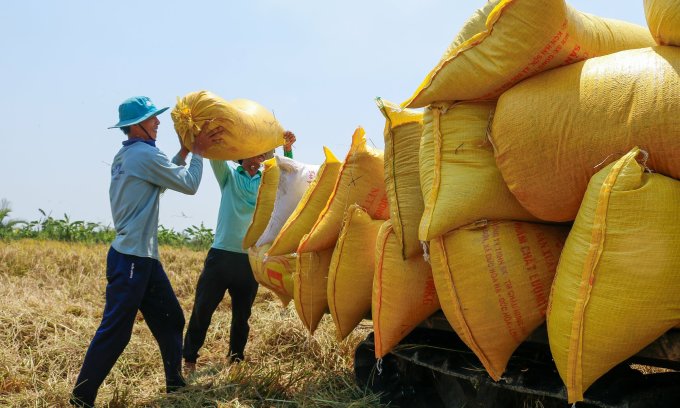
Farmers in Nga Nam town (Soc Trang) harvest rice. Photo: Nguyet Nhi
Economist Pham Chi Lan also agrees that caution is needed when growing rice in four crops. According to her, growing rice in multiple crops will damage land and water resources, but quality and productivity will decrease, and this does not necessarily mean higher profits. "When switching to the rice-shrimp or rice-crop model, profits will improve significantly compared to two or three rice crops, and it is also good for the environment and soil health," said Ms. Lan.
According to Ms. Lan, in the context of food shortages due to extreme weather like now, many countries increase production which will affect Vietnam's rice exports. Therefore, instead of chasing output, the state should invest in improving quality like the one million hectare rice project that the Ministry of Agriculture and Rural Development is implementing to be sustainable and long-term. The agricultural sector needs to encourage farmers to take advantage of by-products such as straw, which also helps increase income by 30% per crop.
In 2023, the country will cultivate about 7.1 million hectares, with an output of over 43 million tons of rice (about more than 21 million tons of rice). Of which, rice will be distributed to domestic consumption demand of about 30 million tons (about 15 million tons of rice), and 13 million tons will be exported. The rice growing area in the West accounts for 54% of the country, contributing 90% of rice exports.
According to data from the General Department of Customs, last year, Vietnam exported a record 8.13 million tons of rice, worth 4.7 billion USD, up 14.4% in volume and 35.3% over the same period in 2022. Vietnam is the world's fifth largest rice producer and the world's third largest exporter (by output). Despite the impact of El Nino, Vietnam's rice export output still increased.
Ngoc Tai
Source link




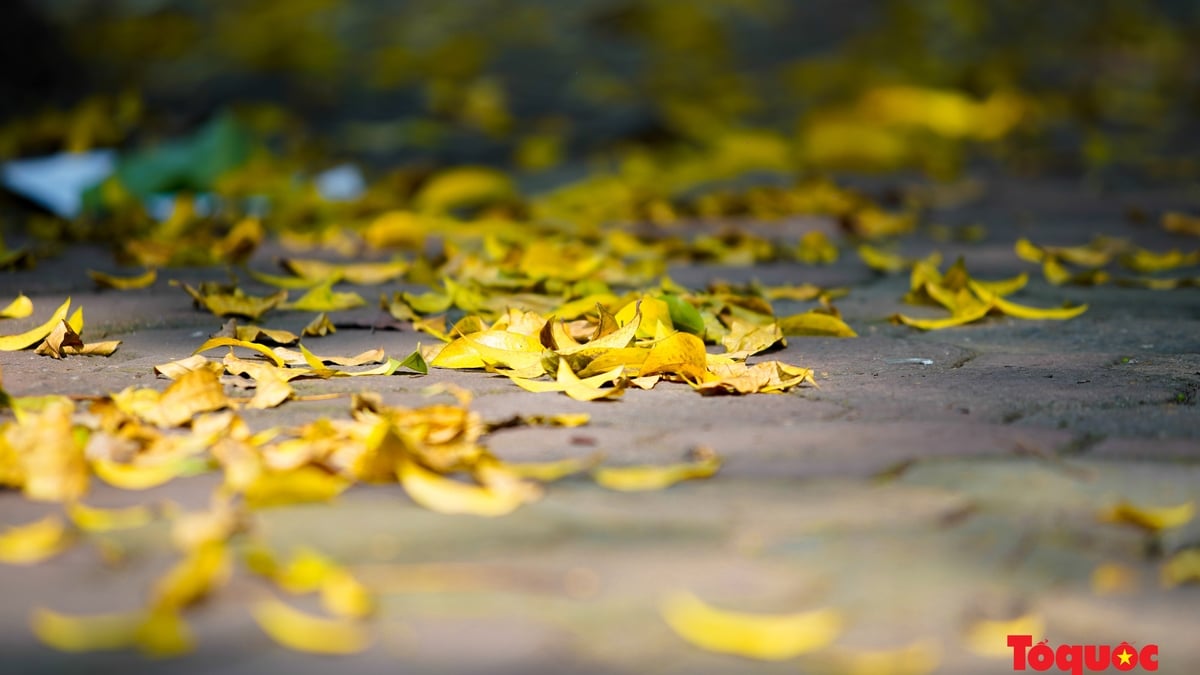

![[Photo] Prime Minister Pham Minh Chinh receives Swedish Minister of International Development Cooperation and Foreign Trade](https://vphoto.vietnam.vn/thumb/1200x675/vietnam/resource/IMAGE/2025/5/12/ae50d0bb57584fd1bbe1cd77d9ad6d97)

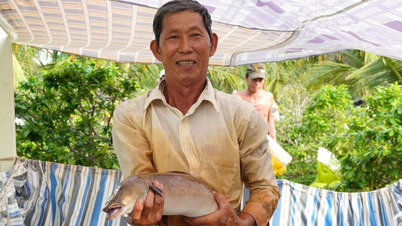



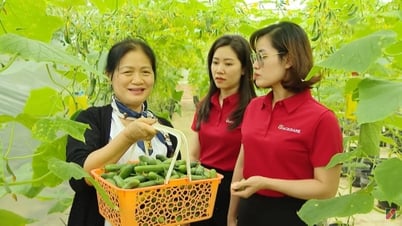








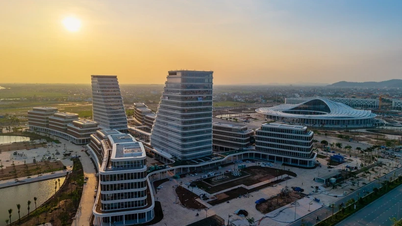













![[Photo] Prime Minister Pham Minh Chinh works with the Standing Committee of Thai Binh Provincial Party Committee](https://vphoto.vietnam.vn/thumb/1200x675/vietnam/resource/IMAGE/2025/5/12/f514ab990c544e05a446f77bba59c7d1)








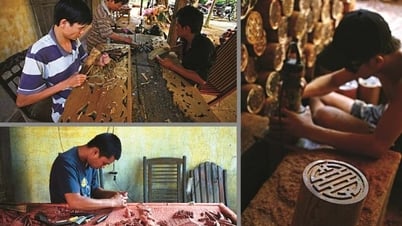











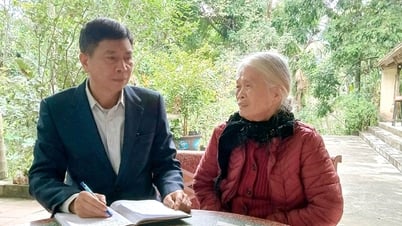




















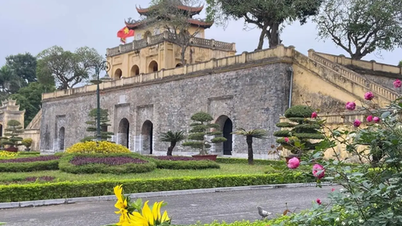
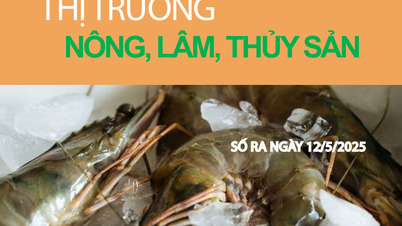






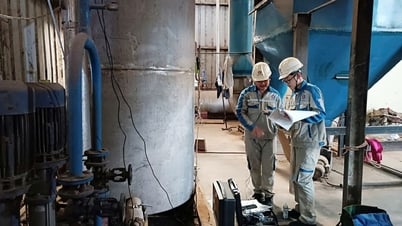

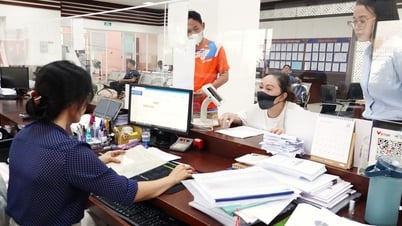





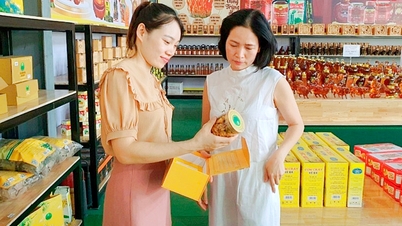

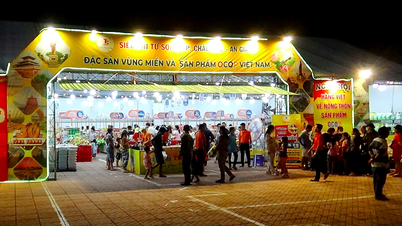

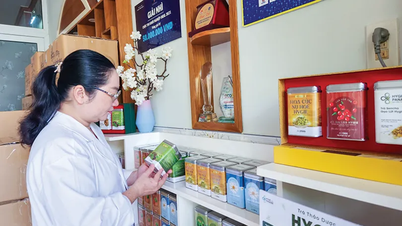

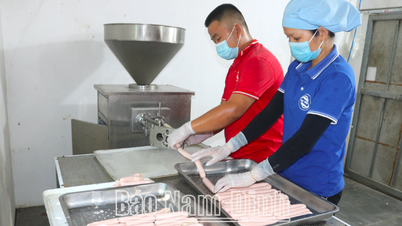

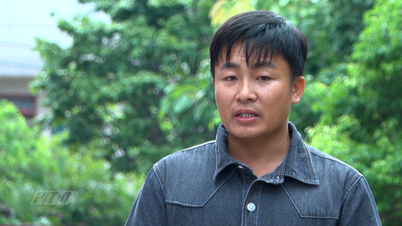
Comment (0)